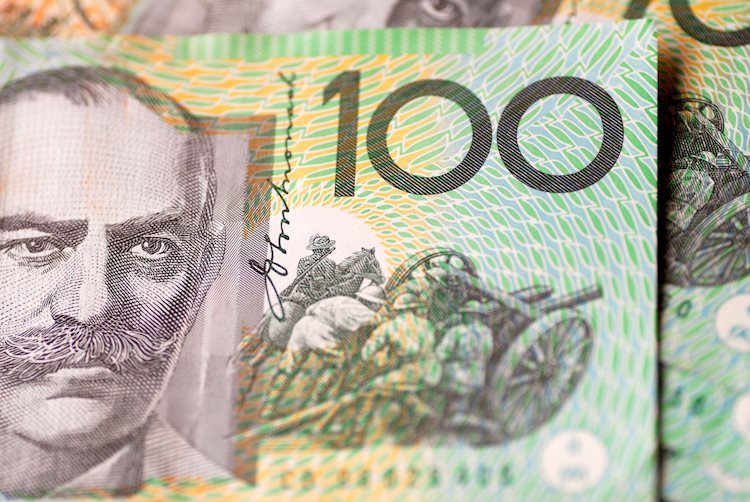The AUD/USD pair has been on a downward trend following the release of downbeat Westpac Consumer Confidence data from Australia on Tuesday. The US Dollar also gained support as recent labor market reports raised uncertainties over the likelihood of an aggressive interest rate cut by the Federal Reserve (Fed) at its September meeting. Australia’s Westpac Consumer Confidence fell by 0.5% month-on-month in September, after a 2.8% gain in August. Traders are now focusing on China’s Trade Balance data as changes in the Chinese economy could impact Australian markets significantly.
Despite the downtrend of the Australian Dollar (AUD), its downside may be limited due to the hawkish sentiment surrounding the Reserve Bank of Australia (RBA). RBA Governor Michele Bullock stated that it is too early to consider rate cuts and the board does not anticipate reducing rates in the near term. The markets are fully expecting at least a 25 basis point rate cut by the Federal Reserve at its September meeting, with the likelihood of a 50 bps rate cut decreasing slightly to 29.0%. RBC Capital Markets now expects the RBA to implement a rate cut at its February 2025 meeting, earlier than previously forecasted, despite inflation remaining elevated above the target.
The US Bureau of Labor Statistics reported that Nonfarm Payrolls added 142,000 jobs in August, below the forecast but an improvement from July’s figure. The Unemployment Rate also fell to 4.2%, as expected. Federal Reserve Bank of Chicago President Austan Goolsbee stated that a policy rate adjustment by the US central bank is imminent, aligning with the broader market sentiment. The AUD/USD pair is currently trading around 0.6650, trekking down along the lower boundary of a descending channel, indicating a bearish bias. The 14-day Relative Strength Index (RSI) confirms the ongoing bearish trend for the pair.
Factors like interest rates set by the RBA, the price of Iron Ore (Australia’s largest export), the health of the Chinese economy (Australia’s largest trading partner), inflation, growth rate, and Trade Balance can influence the value of the Australian Dollar. The RBA influences the AUD by setting interest rates to stabilize inflation. China’s economic health affects the AUD as it is a major trading partner. Iron Ore prices can drive the AUD as Australia’s largest export. The Trade Balance, reflecting the difference between exports and imports, can also impact the value of the AUD.
In conclusion, the AUD/USD pair continues to decline following the release of negative data from Australia and uncertainties surrounding the Fed’s upcoming interest rate decision. The RBA’s hawkish sentiment may limit the downside of the Australian Dollar, despite expectations of a rate cut by the Fed. Traders are closely monitoring economic indicators from China and the US, as well as key factors like interest rates, Iron Ore prices, and the Trade Balance, which could influence the value of the Australian Dollar in the coming days.











